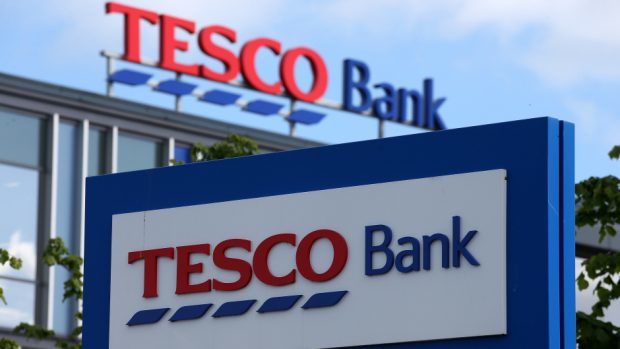Tesco Bank’s online hacking attack has prompted the boss of a north-east IT firm to issue a stark warning that cybercrime must be taken seriously by businesses of all sizes.
Austen Clark, managing director of Clark Integrated Technologies, based at Auchterless, between Fyvie and Turriff, said small and medium-sized enterprises were just as vulnerable as big companies.
The “fast-paced and ever changing nature” of information technology mean new online risks are emerging all the time, Mr Clark said.
He added: “There is a serious and important message for companies of all sizes that store and handle personal data. People’s personal information must be securely protected at all times.
“It’s time for small businesses to sit up, appreciate the potential severity of cyber-attacks and implement good risk management.”
Cloud computing and an increase in home-working have led to more data being stored electronically and in remote locations.
Mr Clark said: “We’ve observed that attackers are exploiting the new opportunities that these new ways of working creates.
“Hackers are now aware of your weakest locations, such as off-network devices and remote offices, and they now target specific systems and users.
“They have the patience to acquire multiple footholds … and are more motivated and sophisticated than ever.
“Data has been the driving force behind the latest attacks and is viewed as the world’s newest currency.”
He advised businesses to increase their online security by securing IT, using up-to-date malware protection, managing user privileges, educating workers and raising awareness to of good practice.
Some of the most basic measures for businesses include:
• Allowing your software and applications to be updated as soon as possible. Updates often contain vital security information to protect your devices from new threats.
• Never use obvious passwords like “password”. Add symbols and numbers and a mix of upper and lower case letters to ensure a strong password.
• Delete and block suspicious e-mails and never open attachments or follow links contained within.
• Don’t forget smartphones and tablets are at just as much risk from viruses and other forms of malware as computers. Install anti-virus protection, keep it up to date and use it regularly.
• Educate your staff on the dangers of cybercrime, both to the business and them – and encourage people to use best practice
Mr Clark said: “The internet brings huge business opportunities but it also brings risks and businesses face cyber-attacks every single day.”










